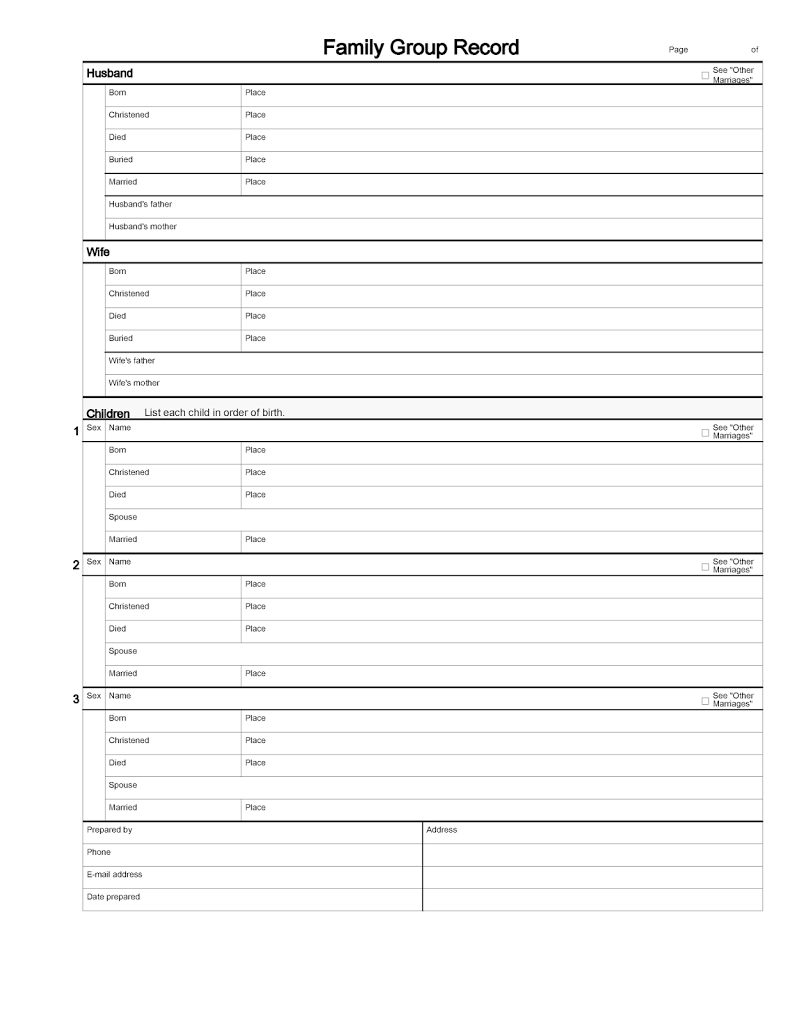by Suzie Kolber
How to Begin Researching Your Family History
Studying one’s past can be an exciting adventure. You never know what stories and facts you will learn about your family genealogy during the process. One of the ways that you can make this task easier is by creating a visual “map” that you can follow during your research phase.
Collect the Information That You Know
Begin by writing down everything you know about your family history. Start with your parents and grandparents and work your way back. See how far back into your ancestry you can go just based on the information you have. If you are lucky enough to still have great-grandparents living, you may already have basic data about four or five generations.
The most important information and often the easiest to collect are the names of your ancestors. Even if this is all you have to go on, you have a good start. Once you have listed all of the information that you have currently available, now is the time to organize it into a visual format.
Creating a Family Tree
As you delve deeper into your family history, it will be easy to get confused. This is especially true if you have people with the same names. Take the time to write your basic information down into a format that is easy to read and visually pleasing.
You may wonder why it is important to include this step. The reason is that it helps you keep the information straight in your mind. While it is easy in the beginning to remember who you are researching because you either know the person or have heard stories about him or her, as you move farther back into your past, it becomes more difficult. These people become just names on a page and it can get confusing. A family tree allows you to stay organized.
Choosing a Family Tree
Numerous templates are available to help you organize your information. Each one is designed a different way to appeal to various styles of researchers. Some are extremely simple and only include names while others provide room for more elaborate details.
The first decision is how many generations you want on your family tree. To begin your research, you may want to start with a four or five generation family tree. Many of these templates give you room to write birth and death dates, dates of marriage and even locations. Since you probably know more information about recent ancestors, this is a good option for storing that data.
As you move farther back into your family history, you may want to use an eight- or nine-generation template. This allows you to see more members at a glance without including a lot of information. These templates come in various styles to fit your needs. Some common options include circular, hourglass and bowtie shapes. The one you choose depends on what is most visually pleasing to you.
Researching your family history can be challenging and a lengthy process. Begin by organizing your information into a family tree and it will make the task much easier.
 Suzie Kolber created https://obituarieshelp.org/free_printable_blank_family_tree.html to be the complete online resource for “do it yourself” genealogy projects. The site offers the largest offering of family trees online. The site is a not for profit website dedicated to offering free resources for those that are trying to trace their family history.
Suzie Kolber created https://obituarieshelp.org/free_printable_blank_family_tree.html to be the complete online resource for “do it yourself” genealogy projects. The site offers the largest offering of family trees online. The site is a not for profit website dedicated to offering free resources for those that are trying to trace their family history.























